Comment : There is a growing perception that the media criticises persons in positions of authority. But a variety of television formats have been present in Nepal essentially from the launch of private news stations. As television continues to expand its reach, not only is its content and presentation becoming more appealing, but it is also becoming increasingly crowded with a variety of television programs. While there may not be much debate about the source, motives, and significance of television establishment, the time when ABC Television started was a critical juncture for the fledgling democracy, as it portrayed democracy as a form of ‘system’ to alleviate all kinds of suffering. Even the seemingly fragmented arrangement of power at that time was alarming. This was the year 2008, with the onset of winter season.”
In a political context, a declaration of Republican democracy had unleashed a formidable rebellious force. The powerful in authority and their supporters were seen as more terrifying than terrorists, who had images of bombs, explosives, and detonations etched in their minds.
The same individual who assumed the role of Prime Minister during that time was Pushpa Kamal Dahal Prachanda. Prachanda, in his capacity as Prime Minister, inaugurated ABC Television as a significant event. During that period, the media field also witnessed an incident where he himself was involved in what I consider a questionable action.
In the words of senior journalist Kishor Nepal, for the elites of the Malla period in Kathmandu Valley , that TV was an institution that was considered untouchable by the elites of Kathmandu.
The TV’s sole focus on promoting marketable products was certainly not as spicy as it seemed. The idea and agenda behind this were set according to the mandate of the second people’s movement, that the representatives of the general public in the Constituent Assembly must make a constitution that is progressive, inclusive, and equitable, including principles of proportionality.
Because of this agenda, which can be distorted to some extent, we must remain vigilant and not be discouraged by the criticism. Even though some self-proclaimed propagators of the privileged class, from those who have reached the pinnacle, to the alleged Maoist sympathizers, have tried to malign it or still continue to do so for their own vested interests.
The presence of competitive channels was also considered a formidable and dangerous rival to us, as I have deeply felt from my colleagues.
In the capital city of the country, the operation of television, meaning the functioning of major media, is not just a mastery of ordinary journalism by one journalist; it also challenges everyone who has come to Kathmandu from the diverse geography outside Kathmandu. The presence alone does not suffice to overcome the forthcoming thoughts and perspectives. In Indian cinema, Mallika Sherawat’s presence for item dance not only exceeded everyone but also the broadcasting by ABC had everyone captivated.
The ABC channel had a peculiar dimension for its previous viewers. For many, this was a Maoist channel, and within it, there was still the presence of blindness’s disease, which was said to be Prachanda’s channel. Perhaps in this regard, the main factors we had taken into account were democracy, federalism, and an inclusive and proportional constitution.
Accordingly, this channel had been the strong voice of marginalized Madhesis, indigenous peoples, Dalits, and women for centuries. The Maoists had been beating this drum since the war era itself. Somewhere, its drumbeat and the roar of ABC met.
After this, the confusion arises as to whether the frenzy to make ‘Tila lai Pahad’ (Mountain as Sesame ) and the attachment of the privileged class and their pet animals has been resolved as a problem? Has the problem of their exuberance been resolved? The blow has been felt in our governance and marketization, which we have been facing until today. On the other hand, we must start a campaign to expose the propaganda against the marginalized class as a well-thought-out strategy and understand the revolutionaries as having chosen their prey. In both of these matters, there was no element of truth.
We never had any affiliation with any political party at any time. But ideologically, we were definitely aligned with the left, as the AB Channel, headquartered on the left side (Center to Left), had openly supported us. This was our connection. We understood it. We were not another version of the government propaganda machine, like Nepal Television.
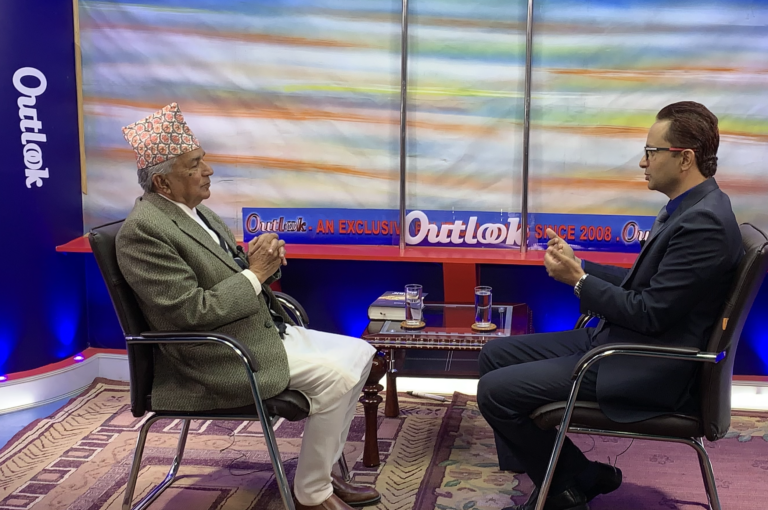
Furthermore, we had no intention of becoming a channel that promotes the political distortion of so-called commercials who claim to be socialist. This means that we can be naturally perceived by conservatives and skeptics as aligned with the so-called Maoists.
In this regard, the political and social atmosphere intertwined with common values and connections could be a convenient excuse for my family ties and my brief association with a leftist political organization at some point (in the past, 1990’s decade) to be labeled as propagandists.
Today, I am content that some of my colleagues, from Yogesh Bhattarai to Vidya Bhattarai, Bhanubhakt Dhakal, Hikmat Karki, Vishal Bhattarai, Thakur Gaire, Ram Kumari Jhankri, Himal Sharma, and Krishna KC, all the way to Dhanaraj Acharya and others, are actively engaged in the political arena. Among them, my close friend Rabindra Adhikari, who played a role similar to a parent in managing responsibilities, is no longer with us today. But I am satisfied with what VidyaJi(his wife) has carried forward in RabindraJi’s legacy.
Some of the colleagues I mentioned above, who were actively involved during my time, are now in prominent roles as ministers and parliamentarians, making an immeasurable contribution.
Furthermore, I find it astonishing that my connection with Mohan Bikram Singh, Prachanda, and KP Oli continues to persist. Is there something significant about this relationship?
In Nepal, once again, it wasn’t just the mainstream media operators, but also individuals who considered themselves formidable business journalists and editors, who were actively involved, whether they identified with the Congress, CPN-UML, or the Maoists. This had perplexed our society. However, it is essential to note that in some parties, not being associated with the media seemed to be a unique and progressive trait. In our context, this is quite relevant.
The political landscape at the beginning of ABC was peculiar; a former ‘terrorist’ force had been established as the main political party through elections. At that time, Maoists had a single number greater than the combined total number of members of NC and UML. However, they did not have an absolute majority in the Constituent Assembly. This event was a globally unique and enigmatic puzzle in politics. According to the logic of party dominance, Maoists naturally had more space in the media than others.
Furthermore, the Maoists applied a purportedly constitutional and populist power that was distinctly different and more revolutionary than the mainstream. In other words, Prachanda’s continuous changes in the Maoist doctrine were being applied in Nepali society. The question of what form the Maoists themselves would take was a source of surprise for analysts and futurists worldwide.
During that time, the focus was on the Constituent Assembly elections, the rise to power, the the Army general Katawal case, the alleged urban rebellion, the trial of prominent figures like ‘Prachanda-Rekha Thapa,’ and dance events like ‘Lau Maya Maitira Nalau Maya Bhuintira(“Bring love to me, don’t bring it to the others’, very popular nepali folk song)’ . All of these incidents were not only interesting but also subject to thorough analysis. It was a time when ABC had its focus, and it was present in all media.
Furthermore, looking ahead, as we move towards the second constitutional assembly and the declaration of a new constitution, it is essential to remember where the ABC and other media were during the Madhes and Tharuhat movements. We had our concerns in this regard as well, but more than that, there was a deep-seated bias towards us from the so-called major political parties, their leaders, and the business community. This prejudice has not changed even now.
During the time of the left alliance, the Nepali media landscape was worth observing along with the Oli government and the Nepal Communist Party (NCP). However, our ideology and agenda remained constant.
There was no need for any ‘disruption’ at that time. If someone wanted to understand me during that time, my books, such as “Awataran” (2075 B.S.), “Gathabandhan Rajaniti” (2078 B.S.), and “Matantar” (2079 B.S.), had a lot of answers to offer. I don’t think anyone would do such a thing in the age of TikTok.
The TikTok addiction has even led people to watch videos longer than 30 seconds. This is a global challenge for television broadcasters as well advertisers. Perhaps this is the reason why America, Australia and most of the European countries have imposed strict restrictions on Tiktok, while neighboring India, which has a population of over 140 million people, has banned Tiktok.
When imposing a restriction in India, no one is accusing the country, often called the world’s largest democracy, of curtailing freedom of expression. However, the Prachanda government doesn’t seem to understand the achievement of Nepal, a small landlocked country sandwiched between two giant neighbors, which has been engulfed by the Western culture, and how it has been ensnared in the trap of love for ‘TikTok’.
Perhaps, Prachanda is preoccupied with the alleged suppression of freedom of expression in the dollar-driven world or is involved in the “Nihao” controversy, but it’s not clear. However, in Nepal, TikTok has caused a significant moral decline among television viewers.
In this, nobody seems to be raising a proper voice.It is not known whether Prachanda is afraid that he will be targeted by the dollarists of alleged freedom of speech or that he will be judged by Nihao. But because of Tiktok in Nepal, the biggest adultery is being done on television viewers. It is not even heard that anyone has raised a reasonable voice.
The unchecked spread of social media into families has culturally ruined little countries like Nepal. Social networks have targeted Nepali native culture, custom, and social discipline the most, particularly the Tiktik clan. The worst irony is that the main parties write socialism into the constitution and profess to be socialists, even when they toss dirt in their noses, thinking it smells like perfume and flashing their sharp teeth. A recent survey painted a naked image of Nepali society.
Looking at the statistics of the fiscal year 2079-80, 27 thousand 78 cases have been registered on divorce, out of 37 thousand 434 cases registered in all three levels of courts across the country. Among these cases, it has been seen that most of the cases of divorce happened in Chitwan District.
What is the impact of this, many have not paid much attention to, but in the western culture, cultural pollution has been spreading like an invasive medicinal plant, entering every household through the medium of social networks. The social network, instead of being just a means of communication, has become a weapon of social and family division. It is not possible to stop the negative effects of this kind through the efforts of mainstream media alone.
For this, it is the responsibility of the state to determine what Nepal needs and what it doesn’t need from the grassroots level. In this regard, there should be a public debate in the media.
To control pollution caused by TikTok, major democratic countries like America, France, the Netherlands, the United Kingdom, Australia, and others have imposed restrictions, while India, the largest democratic country in the world, has completely banned it.
In this context, it can be easily said that for Nepal, platforms like TikTok pose not only a challenge to the Nepali media but also a serious concern that Nepal’s political landscape may undergo a complete transformation similar to Ukraine.
In this regard, all major media outlets in Nepal should make this a topic of discussion.
I am well aware that this issue will not reduce the confusion of our previous viewers in the form of prejudice. However, this is indeed a matter for ABC’s official suggestion and discussion.Therefore, media operation is not about supporting and accompanying for completing a decade and a half of propaganda. Our campaign continues to be indifferent to helping viewers. And it will not stop. Wishing everyone a heartfelt congratulations on the occasion of the 16th anniversary celebration.
(On September 5, 2008, as ABC Television started its journey, marking its 15th anniversary and entering its 16th year, the founding chairman and Editor-In-Chief, Shubha Shankar Kandel, made the following comment. This is an excerpt from an article published on ABC Television’s online abcnepal.tv))
some program glimpses :
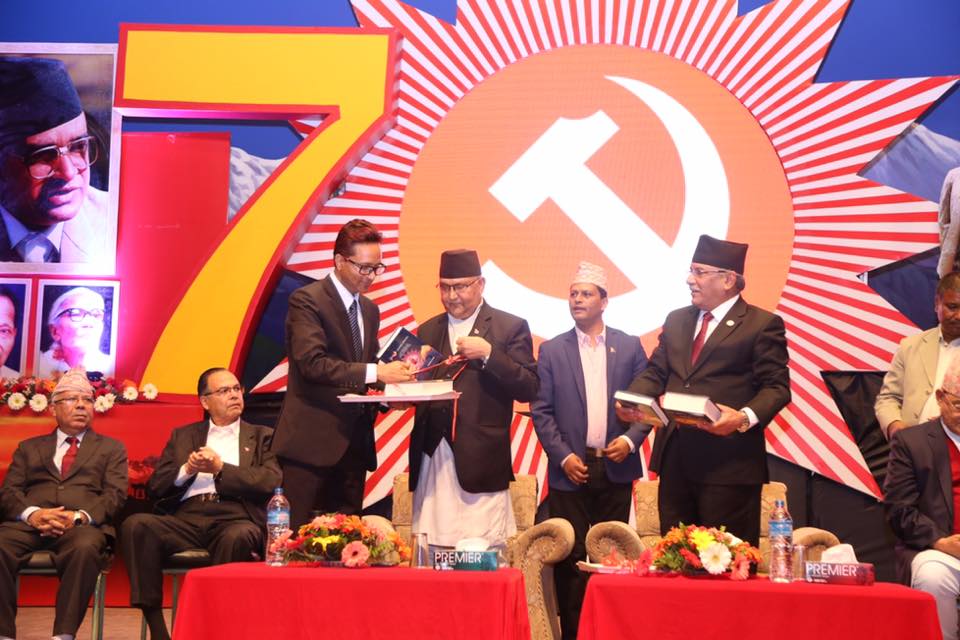


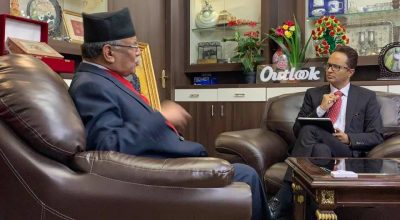
interview with PM Puspakamal Dahal Prachanda
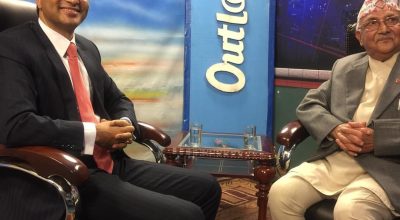
Interview with Former PM KP Sharma Oli

Interview with former PM Jhalanath Khanal
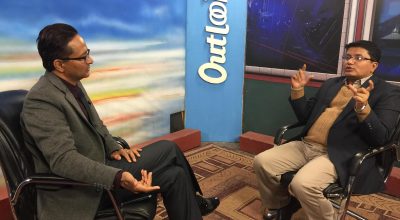
Interview with the then colleague Late Rabindra Adhikari
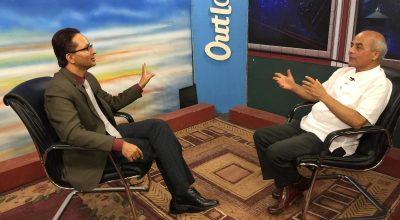
Interview with former Chief Election commissioner of Nepal.

Interview with former Ambassador to India and Political scientist Dr Lokraj Baral.
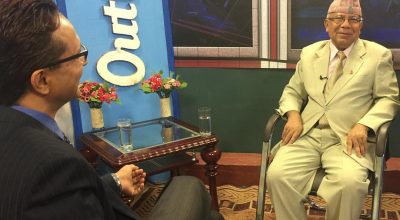
Interview with former PM Madhav Kumar Nepal 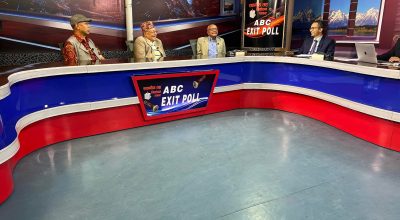
Interaction with analyst on upcoming election in 2022.

Interview with Veteran communist leader Com Mohan Bikram Singh

Interview with Veteran communist leader Com Mohan Bikram Singh

Interview with political analyst and columnist CK Lal
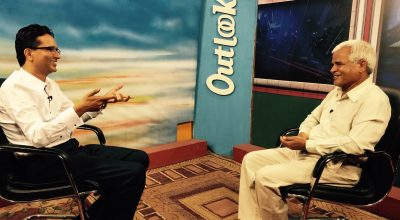
Interview with Veteran Political scientist Prof. Krishna Khanal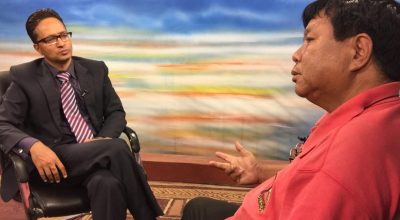
Interview with Innovator Mahabir Pun .
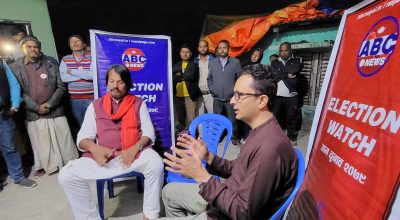
Interview with CK Lal, Chirperson, Janamat Party.

Group Interview with Veteran Analysts.
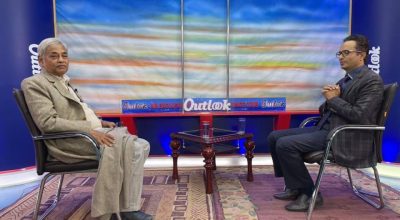
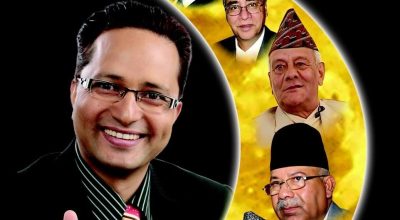
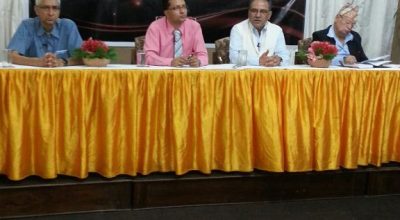
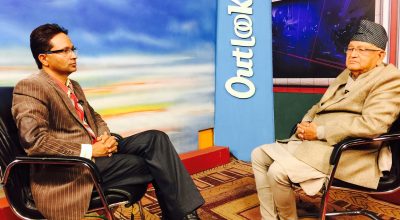
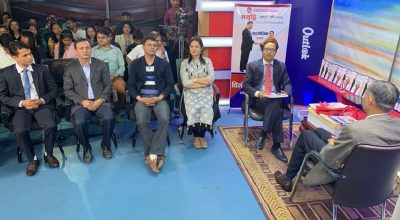


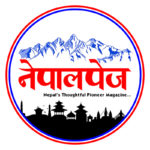
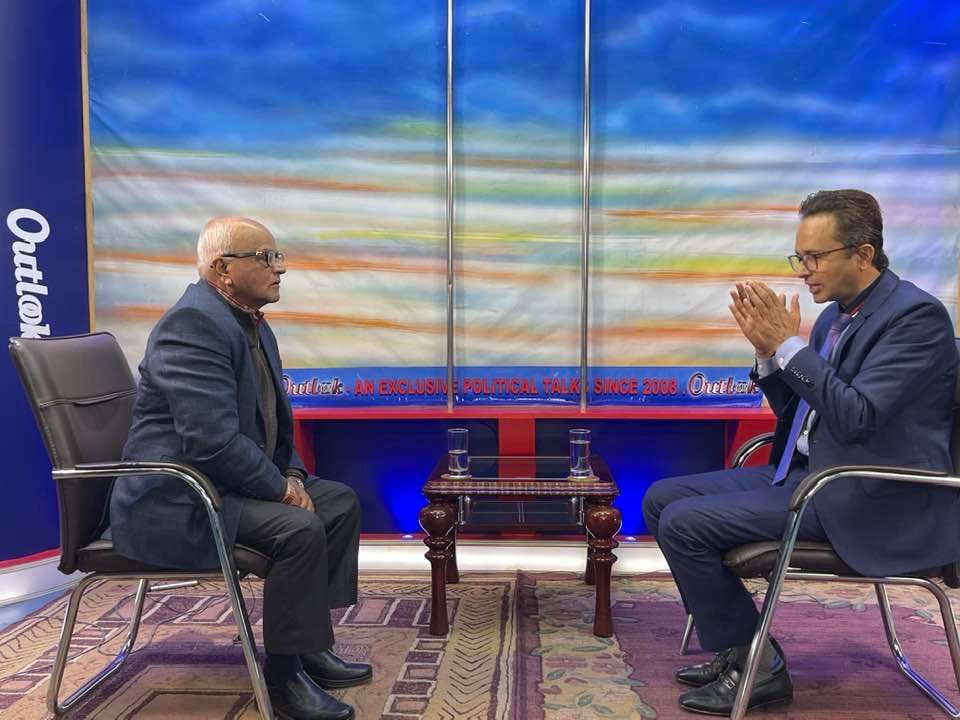

COMMENTS